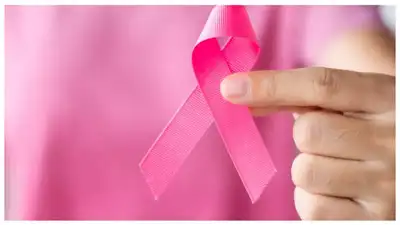Understanding Glyphosate and Its Potential Cancer Risks

Glyphosate is a main ingredient in the herbicide Roundup. People are worried about its health risks. A recent study found that glyphosate can cause cancer in animals, even before they are born. Let’s look at the details.
The Study on Glyphosate

The Global Glyphosate Study was led by the Cesare Maltoni Cancer Research Center in Italy. Scientists from around the world joined in. They studied how glyphosate affects Sprague Dawley rats, which are often used in toxicology studies.
How Was the Study Done?
Scientists gave glyphosate to rats from before birth until they were two years old. They used different doses in the rats’ drinking water: 0.5, 5, and 50 mg per kg of body weight per day. These doses are thought to be safe for humans.
What Did the Study Find?
The results were worrying. The study found more tumors in rats that drank glyphosate. These tumors were both benign and malignant and appeared in many organs, including:
- Liver
- Ovary
- Thyroid
- Nervous system
- Blood (leukemia)
About 40% of the rats with leukemia died early. This suggests that glyphosate exposure before birth can make animals more likely to get cancer when they are young.
This study supports what the World Health Organization’s International Agency for Research on Cancer (IARC) found in 2015. IARC said glyphosate is “probably carcinogenic to humans.” But glyphosate is still approved for use because there wasn’t enough evidence of risk. This new research challenges that decision.
What Does This Mean for Humans?
This study was done on rats, but long-term animal studies are a standard way to predict cancer risk in humans. Many carcinogens, like asbestos and benzene, were first found through rodent experiments.
Why Is This Concerning?
The finding that exposure before birth increases cancer risk is especially worrying. It suggests that human fetuses and infants may be particularly vulnerable. Other studies have found glyphosate in the urine of nearly all pregnant women tested in some regions. Higher levels have been linked to lower birth weight and a higher risk of neonatal intensive care admission.

Epidemiological studies have linked glyphosate exposure to a higher risk of Non-Hodgkin Lymphoma in humans. Some research shows up to a 41% higher risk among heavily exposed groups like farmers and pesticide applicators. This growing body of evidence points to glyphosate as a potential health hazard for both adults and developing babies.
How to Reduce Your Risk
Given the evidence, it’s important to minimize glyphosate exposure, especially for pregnant women and children. Here are some practical steps:
- Don’t use glyphosate-based herbicides at home or in gardens.
- If you must use them, wear protective clothing. This includes long sleeves, long pants, closed-toe shoes, chemical-resistant gloves, and a thick mask.
- Don’t spray on windy days to prevent inhalation or skin contact.
- Wash your hands well with soap after handling glyphosate or touching plants that may have been sprayed.
- Don’t eat, drink, or smoke during and immediately after using glyphosate.
- Keep children and pets away from treated areas for at least 24 hours or as recommended on labels.
- Choose organic foods when possible. Glyphosate is banned in organic farming. Switching to organic can reduce glyphosate levels in your body by up to 70% within days.
- Wash fruits and vegetables well to reduce residues. Use warm water and baking soda if needed.



